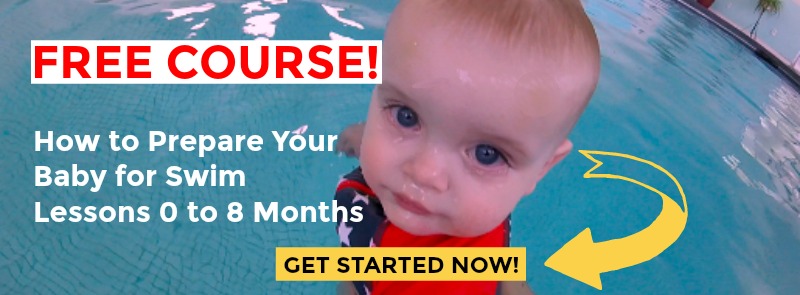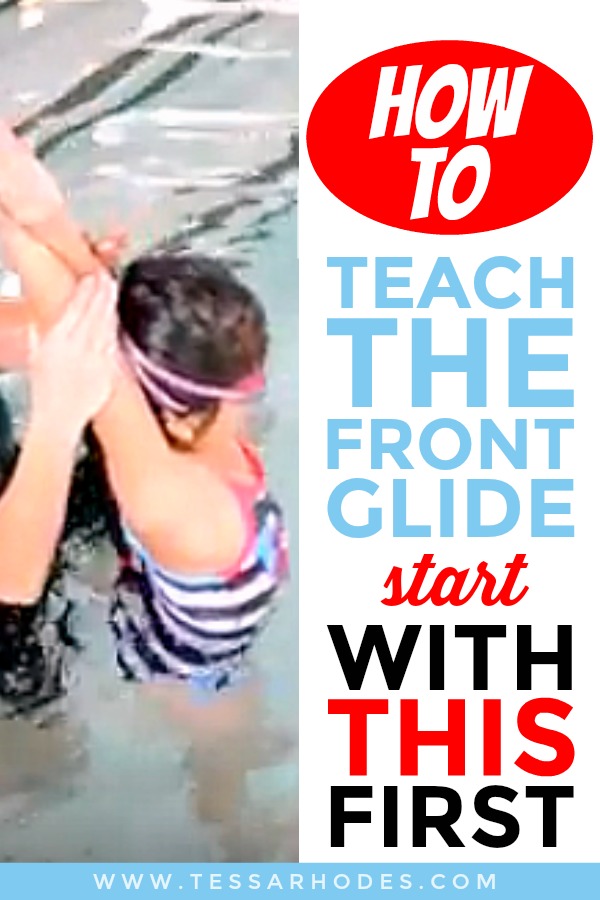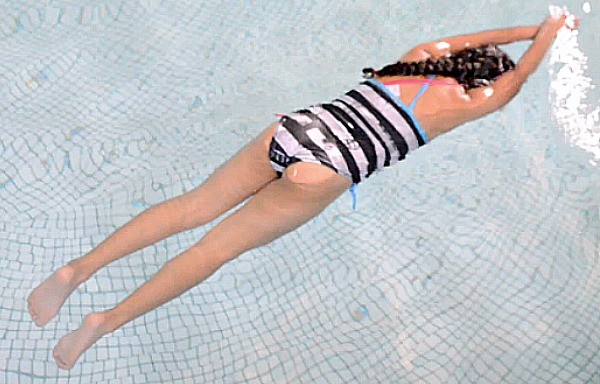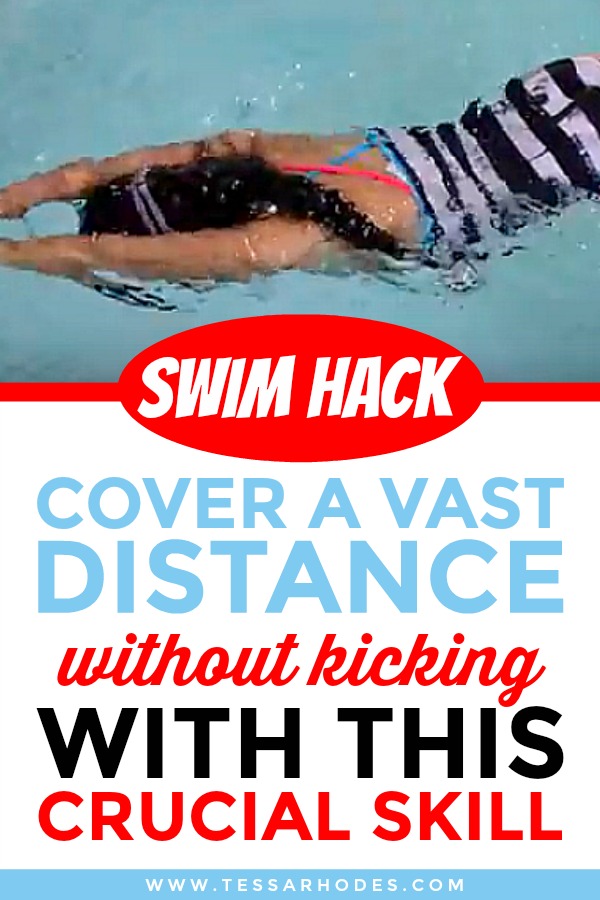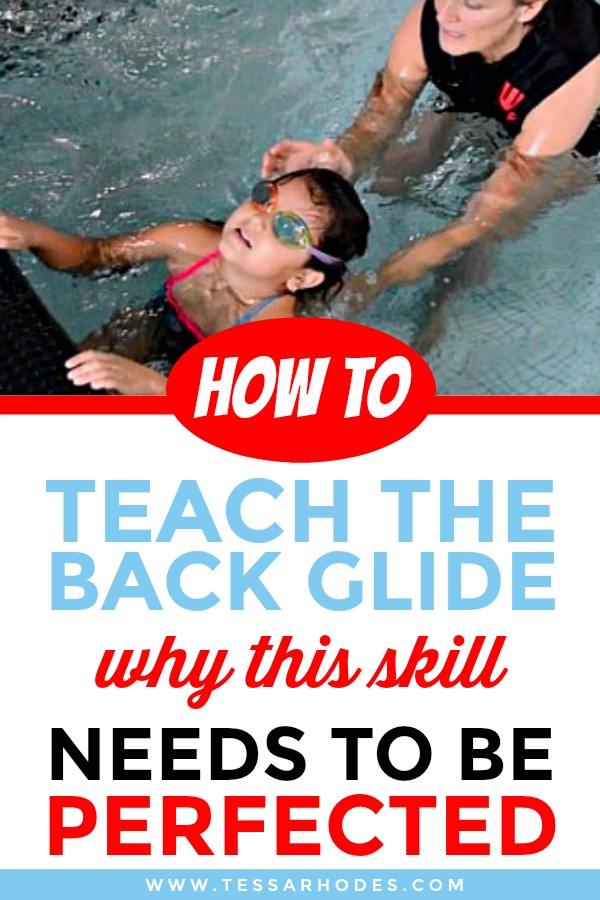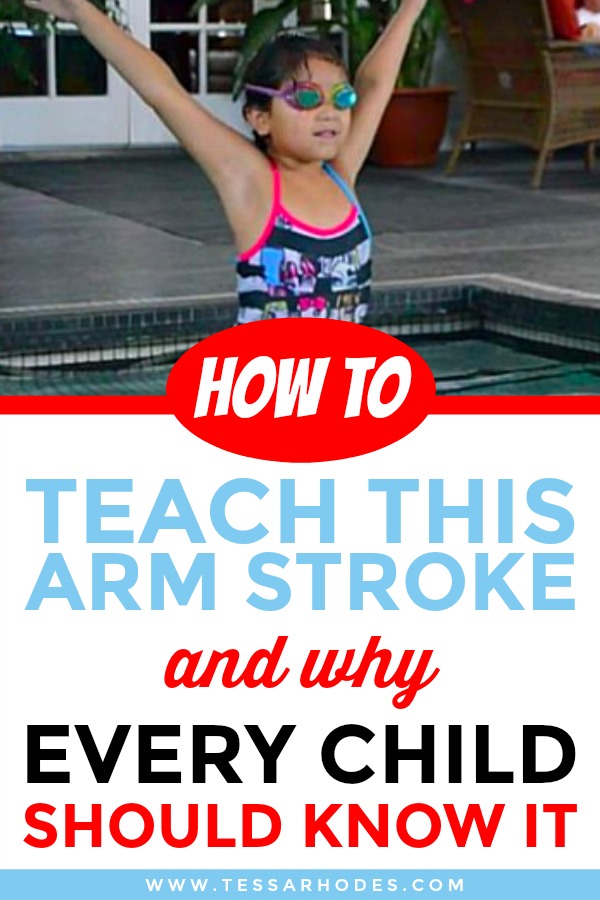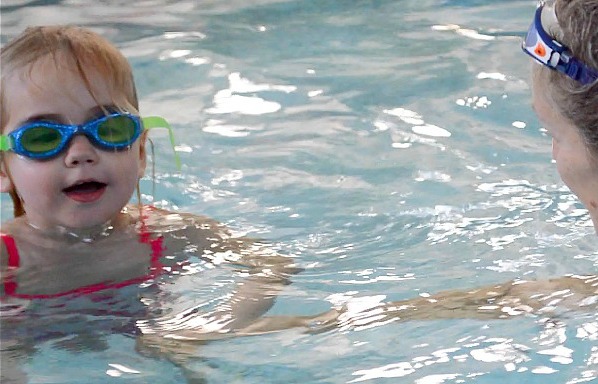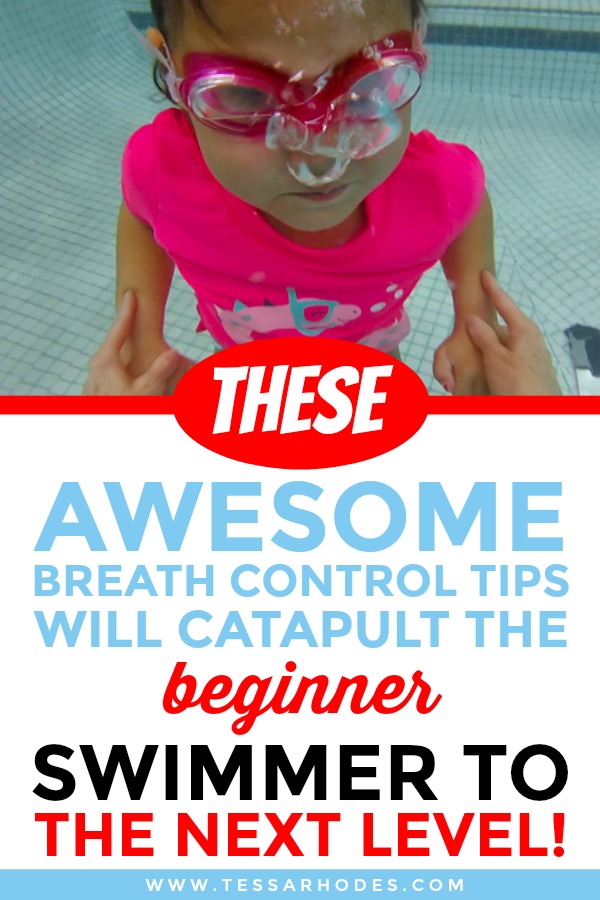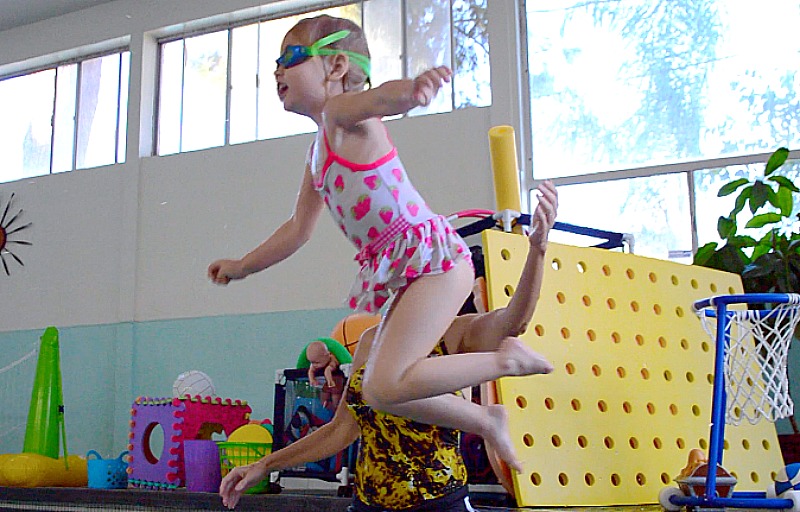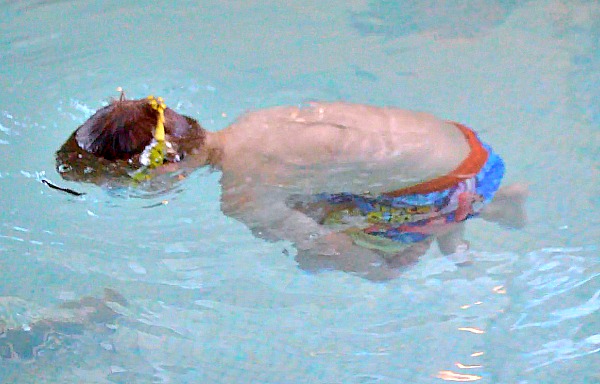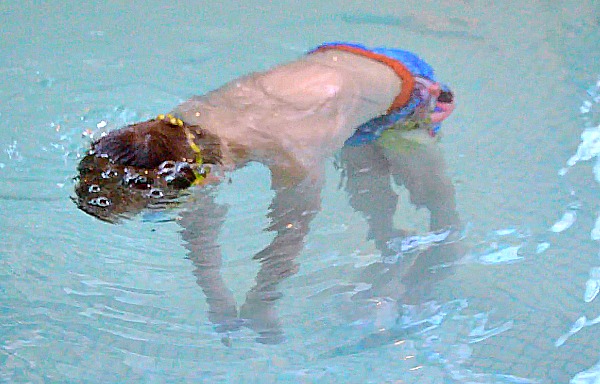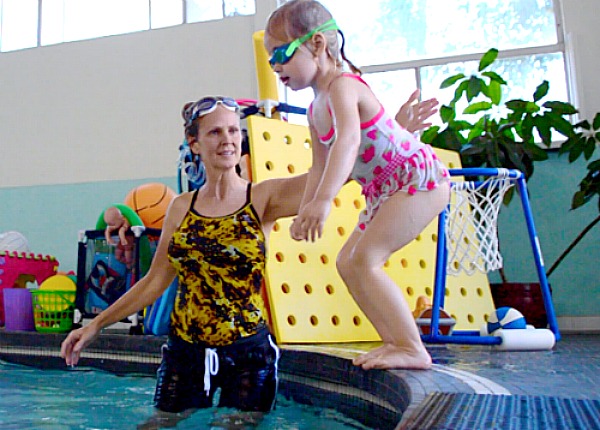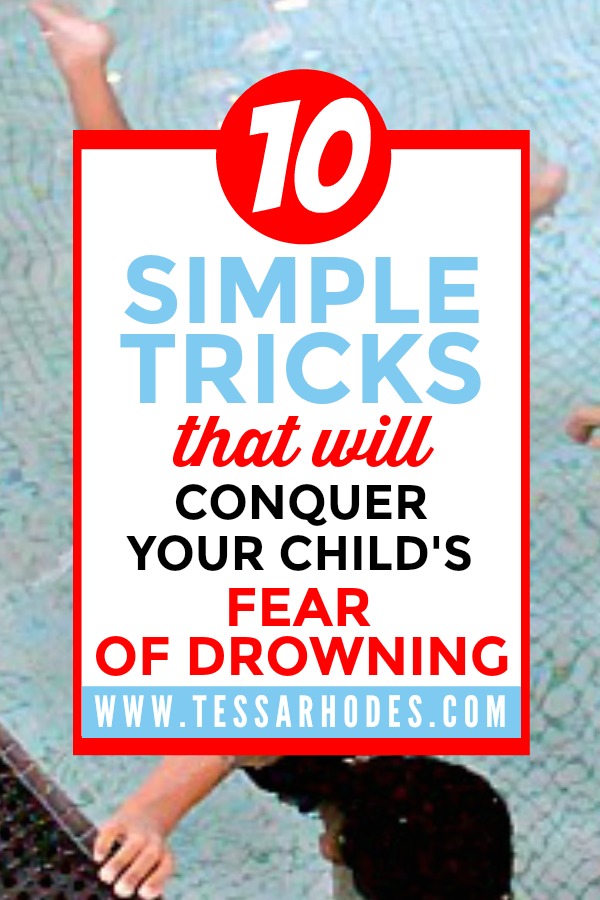Happy Halloween! How common is drowning?
I just loved Halloween when my son was still so young that I could dress him up in an adorable costume like a Dalmatian puppy (pictured below).
Then he got older, and the scarier his choices got. I miss the adorable costume days. so
I hope you have a happy and not to mention safe Halloween. So
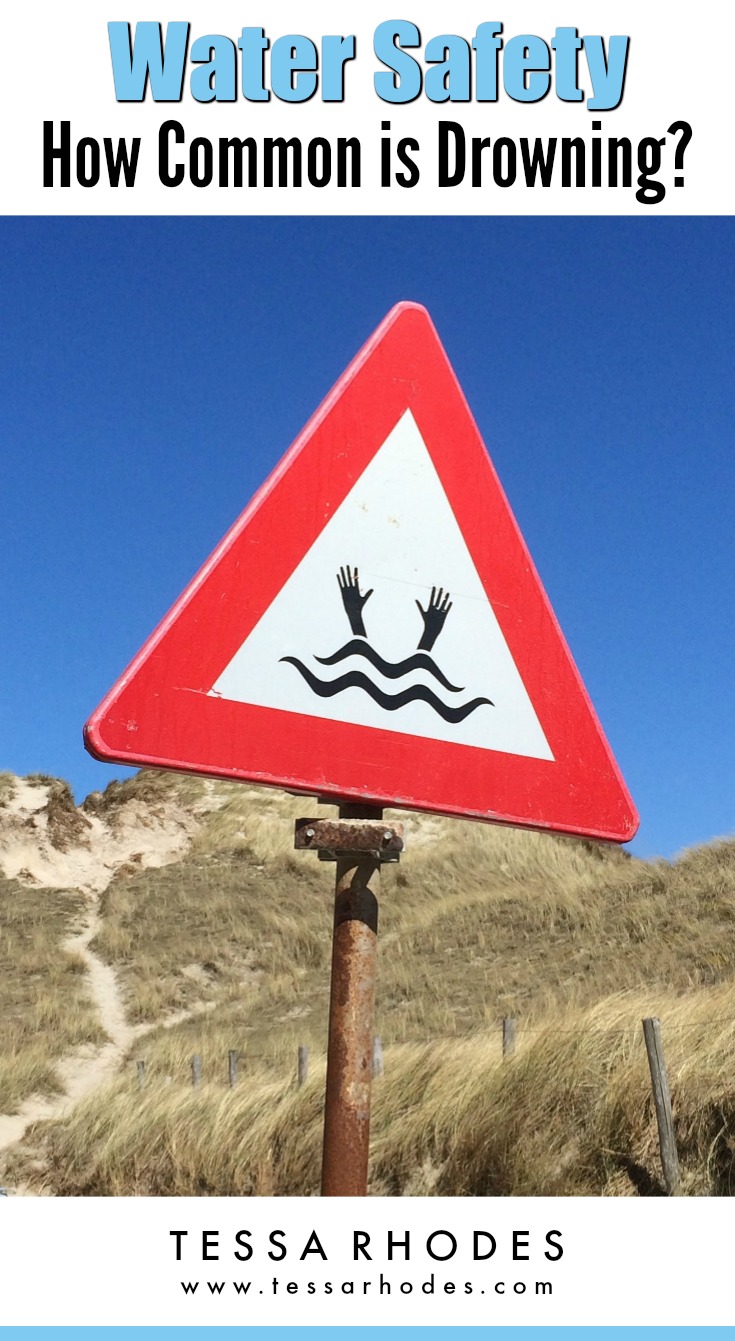
Speaking of safe how common is drowning?
I would like to bring as much awareness as I can to the statics of drowning.
Luckily, this can be easily prevented. So
If you have a pool and young children, then it is critical to have multiple layers of protection in place to prevent accidents.
A climb-resistant mesh fence around your pool is imperative with a lock on the gate and alarms in place.
And of course, adult supervision at all times whenever your children are in, on or around water.
And finally life jackets. So
The more layers of protection, the better
Just the other day, the parents of one of my students told me that their daughter (my student 18 months old) fell in their pool.
The parents were right there to rescue her if she needed it.
She handled herself very well, however. She knows how to hold her breath and turn back to the wall in instances like this. So
We’re all very proud of her. Way to go Symphony! Also
This incident just goes to show you that you can’t even turn your back for a second.
This kind of scenario happens way more often than you might think.
If you have any thoughts on the subject or experiences that you would like to share, I would love to hear from you.
Love the water,
Tessa how common is drowning?
P.S. Get the water safety app to help ensure your family stays safe in, on and around the water. It includes kid-friendly videos and quizzes. Search the iTunes app store for Swim by American Red Cross or click here. For Google Play you can use the same search parameters or click here. It provides the latest in water safety guidance to help ensure your family stays safe in, on and around the water.
P.P.S. To start your child on the path to becoming water safe, click here.


